At nighttime in Walla Walla the outline of a massive building looms over the wheat fields, its lights nearly blinding. Any Whitman student could tell you that the lights are from the Washington State Penitentiary. And while they may know of the prison, to many its presence remains mysterious or ignored.
“It’s there. We don’t really do anything with it. The thought that they are so near us is scary, but it doesn’t really affect us,” said senior Maherin Ahmed.

The mere existence of convicted murderers nearby is enough to prompt shivers. However, those that have worked within the prison or have researched its effects look beyond fear to a more complex perspective of the Penitentiary and the inmates living there.
Programs enhance life at the Pen
The prison offers a wide range of programs to benefit inmates. There are career education programs in information technology and carpentry and volunteer-based programs including Alcoholics Anonymous meetings and assistance to military veterans. Guest sport teams, musical groups and lecturers hold programs for the inmates and other groups assist offenders with the reintegration process. The various colleges in Walla Walla County are also involved in academic programs offered to the inmates.
A prison employee (who wished to remain anonymous due to concern over job security) remarked in conversation that oftentimes the programs offered to the inmates mean the world to them; this is partially because they crave structure and want something to give meaning to their otherwise monotonous lives.
The Pen as a classroom
Whitman Professor of English Roberta Davidson has taught Shakespeare and gender studies at the Penitentiary for five years. Her husband John Kerwin, a personal trainer who owns the Whitman Fitness Center, and is also an Adjunct Instructor of Pilates at Whitman, is also involved at the prison. Together they wrote a book titled “Macbeth for Murderers” about their experience working in a penitentiary.
Davidson found that teaching Shakespeare’s “Macbeth” to criminals presented a unique angle of examination and analysis.
“I had in my own mind a couple of questions about Shakespeare’s tragedies and one of them was in the characters of his murderers, how accurately is he representing what it is like to have that kind of mentality, and the other was a question I had about ‘Macbeth’ for a long time which is how is it possible that a character that starts out at the beginning of the play as a good, decent man turn become such a monster by the end of the play. Was that even possible?” she said.
Davidson said that the inmates were very involved in the classroom.
“The inmates talked a lot more, for one thing, often simultaneously. They were really anxious to express their ideas,” she said. “Education was a privilege, as opposed to a right, and it certainly wasn’t something that they were forced to do, so there was this kind of excitement that you have when you have a class made up of people who really want to be there.”
Scott Elliott, assistant professor of English at Whitman, who has taught creative writing to inmates, reinforced the observation of their enthusiasm in learning.
“There was a break in the middle, but the students often didn’t honor the break because they wanted further feedback on their work or to ask questions,” he said.
The prisoners’ behaviors were observed to be more in-your-face at times when compared with the traditional college class. They also used a lot of swear words to prove a point.
“I’ve never had to break up any fights among Whitman students or worry about the repercussions of something that we’ve talked about in class or what’s going to happen to them when they go back to the prison population as a whole,” Davidson said.
The inmates in the prison were also quite misogynistic : a rare occurrence in Whitman classes.
“The inmates would say things like ‘women are this, women are that,’ and I would say but I’m a woman and I’m not that. They almost didn’t recognize me as a woman. They would say, ‘You don’t count. We’re not talking about you,'” Davidson said.
Davidson and Elliott, however, both described the prisoners as generally respectful and appreciative.
“I found the students, by and large, to be respectful and dedicated to craft,” Elliott said.
They also sometimes exhibited fondness or yearning towards their instructors.
“I felt very safe with most of them. Sometimes when I was showing movies and I turned the lights out I had moments of thinking ‘Is this really a good idea?’ to be here in the dark with all these violent men, but nothing ever happened to worry me, with the exception of something that happened with an inmate who wasn’t one of my students,” Davidson said.
“Sometimes, in interacting with them, I had the impression that I was sensing a longing for a missing father figure, or a craving for a kind of exchange they aren’t able to get on a regular basis given their circumstances,” Elliott said.
Budget cuts and increased violence
The classes often offer the inmates a chance to further their education and receive longed-for academic stimulation.
“At the time that I was teaching there, initially, they could still go for their [associate’s degree],” said Davidson. “The Shakespeare class was one of the ways to get credit towards that. After that program was taken away, you couldn’t actually go for an AA degree anymore, but a lot of the students continued taking classes nonetheless because it was a way of keeping themselves intellectually and emotionally alive in prison.”
Since the AA program has been cut, in addition to the state’s current economic situation, there is concern that more programs will face a similar fate. A Penitentiary employee described how these program cuts and the reduction in the number of correctional officers may lead to increased violence within prisons, and in fact already has.
He referred to Jim Nored, a correctional officer at the Walla Walla State Penitentiary who was stabbed in the face with a pen multiple times by an inmate, as well as a recent case in Monroe Correctional Complex, Wash., where a correctional officer named Jayme Biendl was strangled to death in a chapel by an inmate attempting escape. Some are convinced that budget cuts in recent years contributed to these deaths; the time not devoted to activities and groups and the lack of structure can culminate in acts of physical violence.
“The recidivism rate drops dramatically when inmates have the opportunity to get education. It depends on whether or not governments want to spend money on vocational and educational programs in prison or whether they want to spend money on more prisons,” Davidson said.
Davidson found that the Walla Walla inmates seem to have established a code of conduct within the prison that they themselves attempt to maintain.
“If some of the other inmates thought that someone was going too far one of them would intervene,” she said.
This proved accurate in the case of Nored; another inmate is said to have attempted to stop the stabbing.
Effect on Walla Walla
Safety concerns about how the Penitentiary affects society in Walla Walla remain. People worry that the families of the “dangerous” inmates are affiliated with illegal or unethical activity by relation. There are also fears about inmates being released from prison. Peterson Endowed Chair of Social Sciences Keith Farrington says that his research refutes these claims.
“One thing that I’ve learned about family members of inmates is that they defy any kind of general description. They are all different kinds of people,” Farrington said.
He also contends that the judgment society imposes on family members of inmates seem to be unfair and irrational.
“Prison wives felt discriminated against. It was difficult to get a job and find housing and also it was difficult to obtain insurance in many cases,” Farrington said about findings in his collaborative paper with Whitman alum Ann Evanston ’90 in which they interviewed the wives of prisoners.
In Walla Walla these discriminations sometimes create divisions between inmate-affiliated people and general society. Many inmates’ wives choose to live together in the same apartment complexes, for example. These divides can also affect the children of inmates’ and their families as a whole.
“There was a situation where a child of an inmate and a child of a correctional officer got into a fight on a school yard,” Farrington said.
There is also a misconception that inmates want to stay in Walla Walla after being released.
“The fact of the matter is when inmates get out, for the most part, the last place they want to stay is Walla Walla. They want to go back home and most of them do not live anywhere in this area,” Farrington said.
Ultimately, the prison boosts Walla Walla’s economy by increasing employment.
“The prison pumps approximately 65 million dollars into the community,” Farrington estimates.




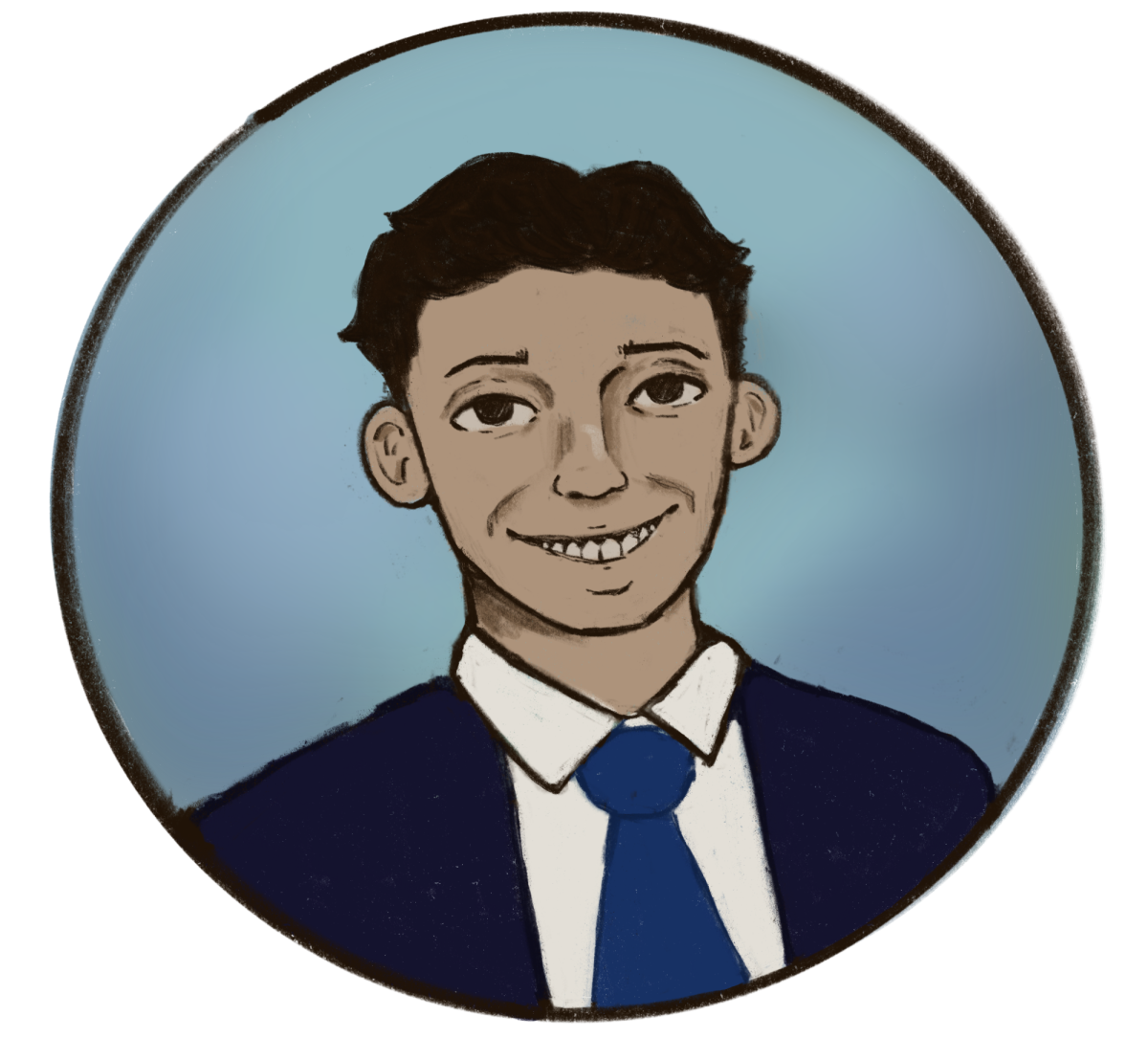
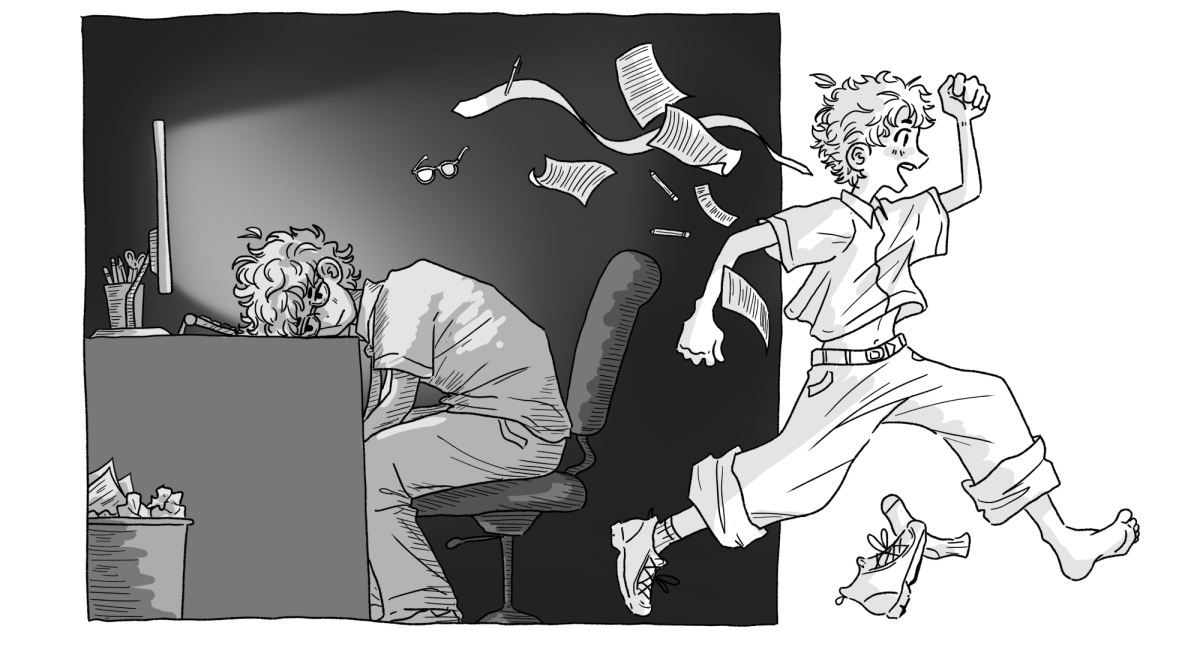


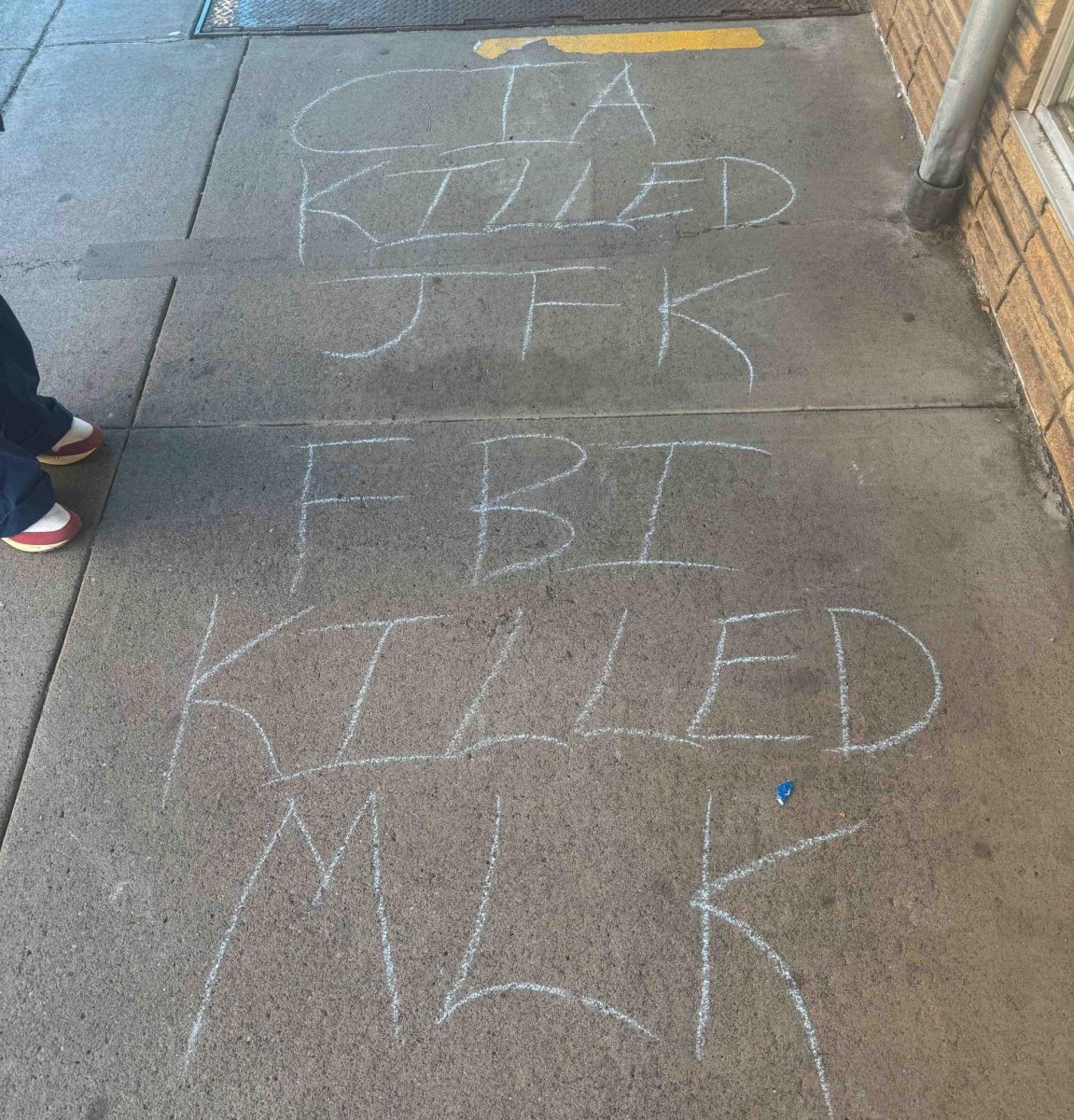



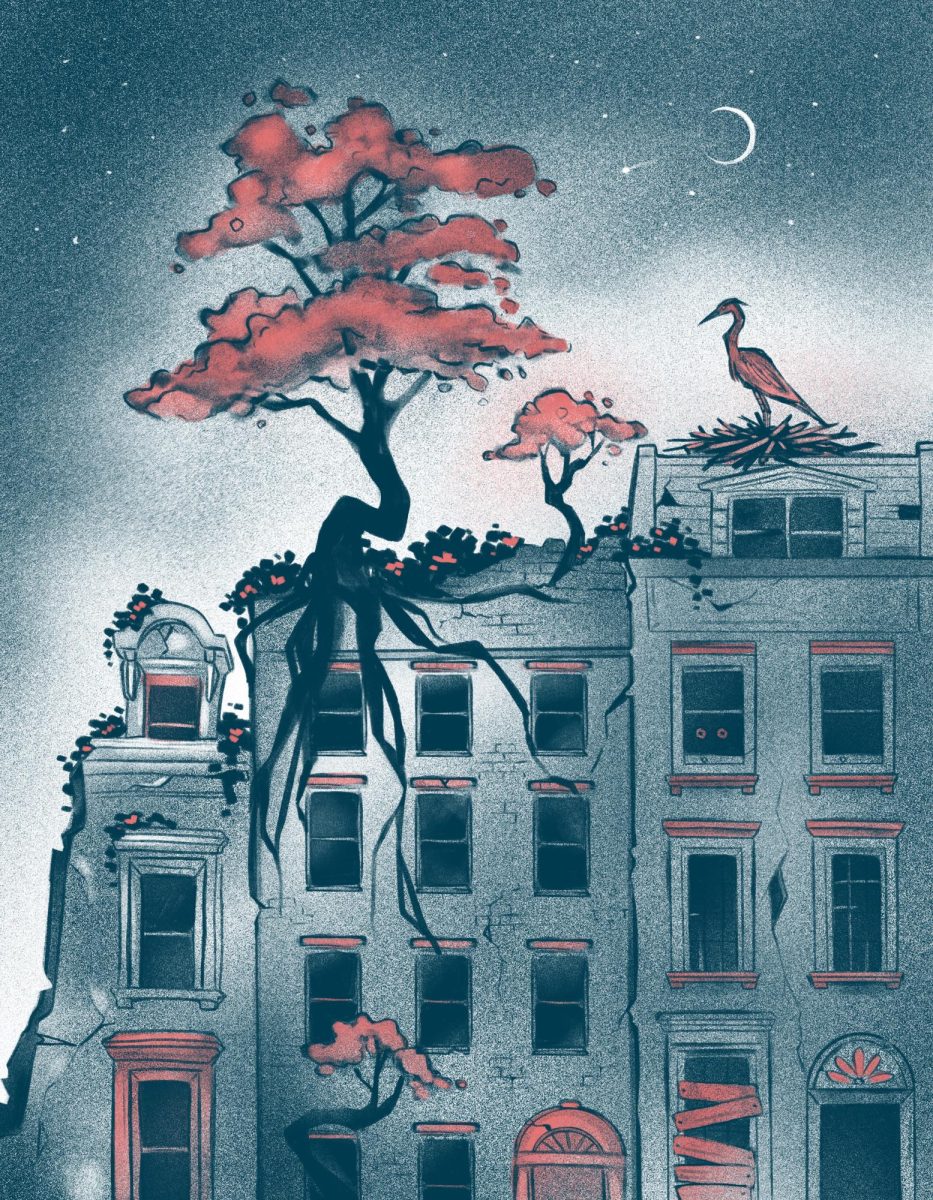

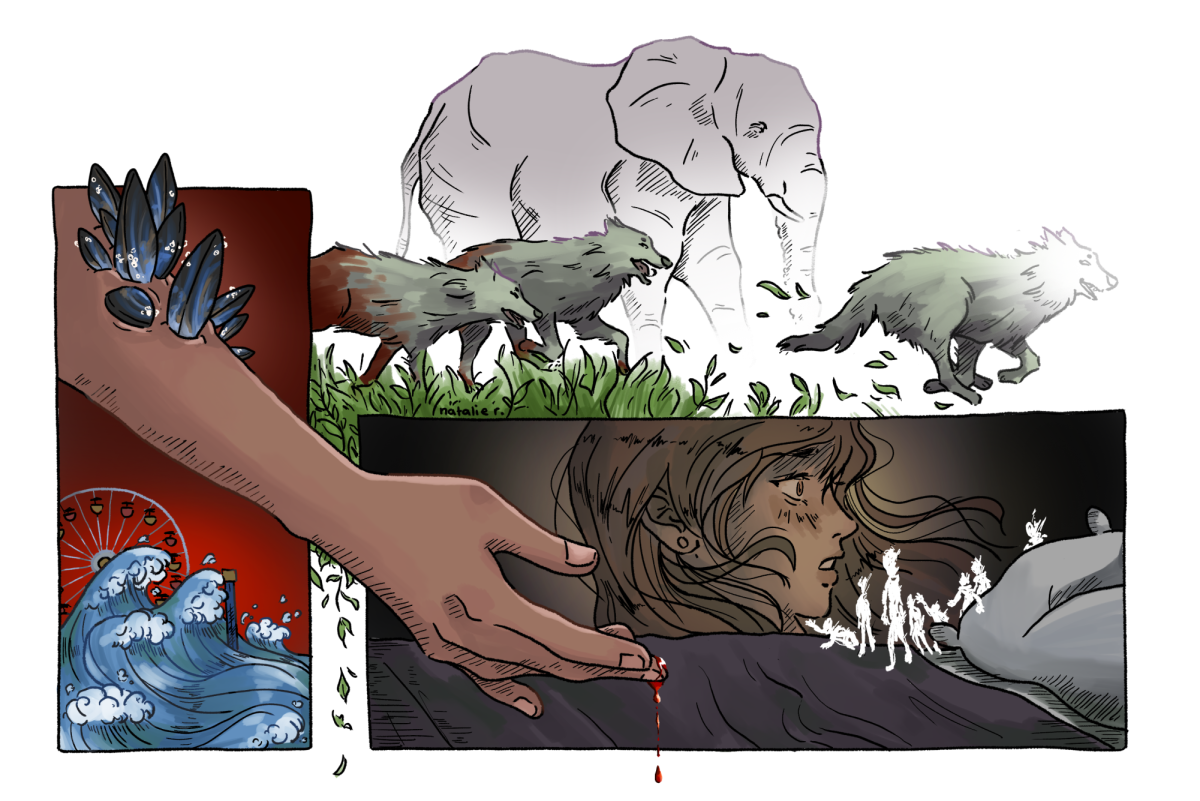
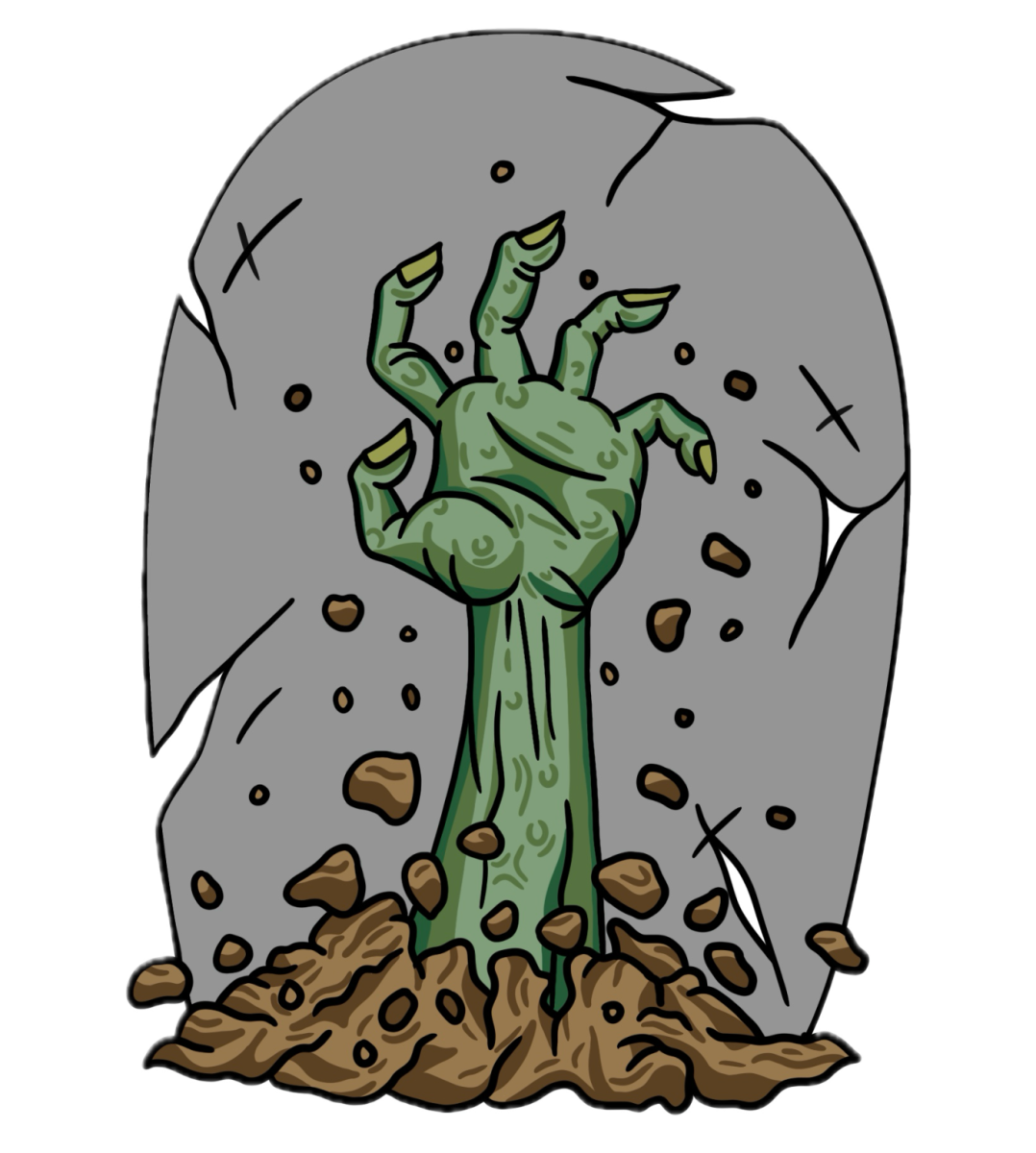
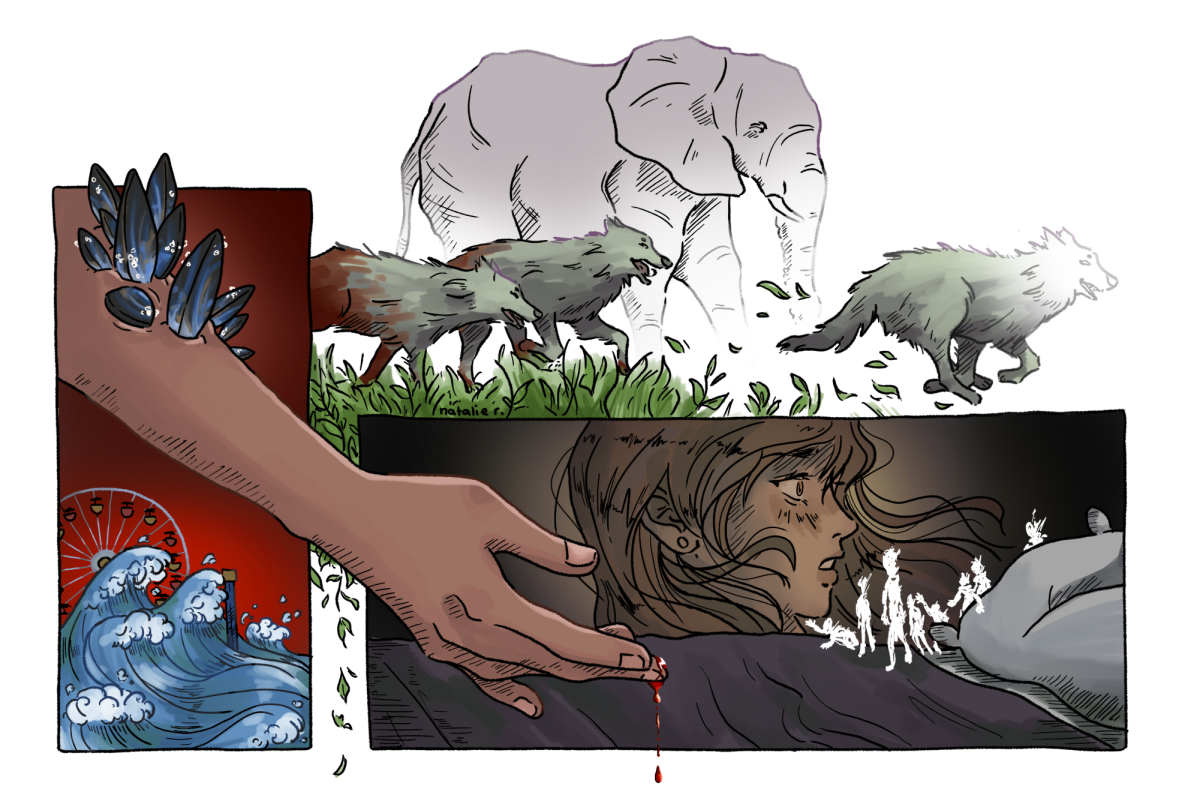
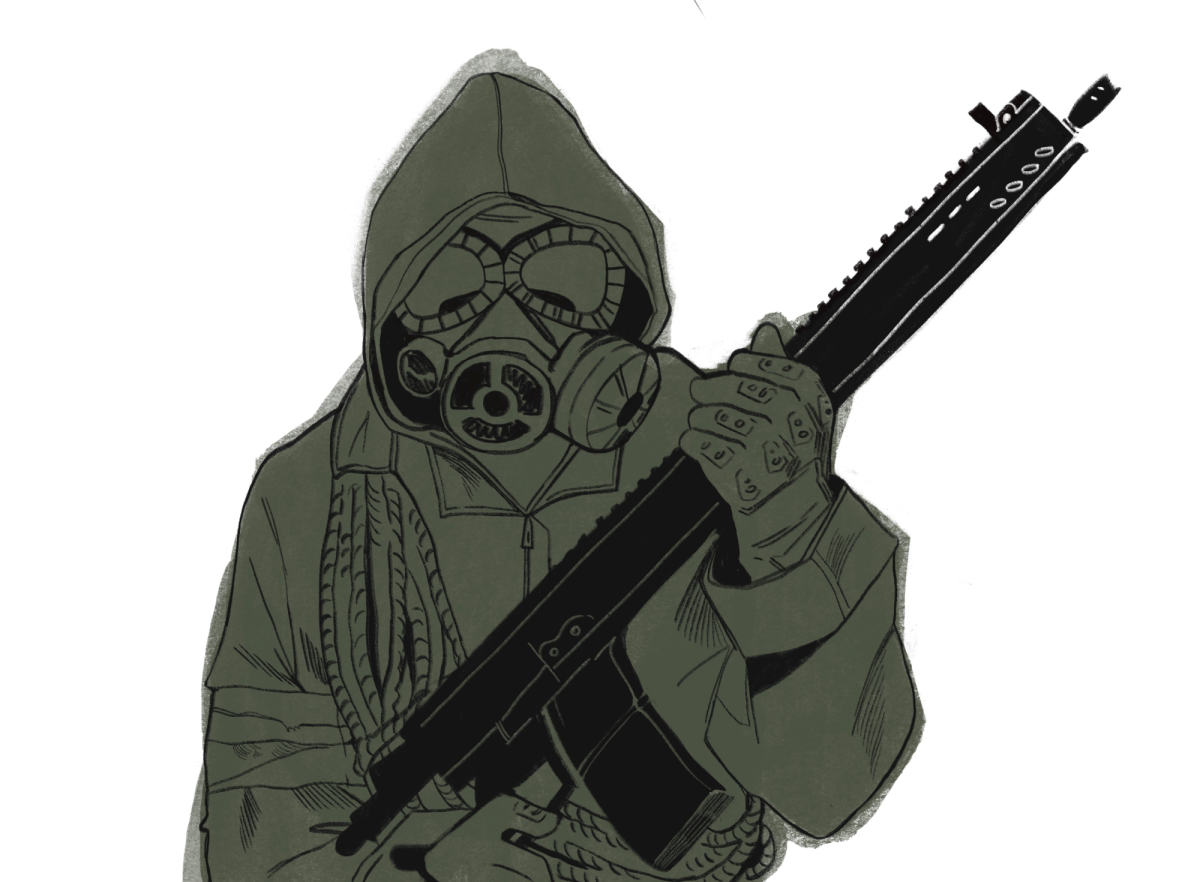
Proud DOC • Apr 5, 2011 at 6:27 pm
The officer stabbed in the face was Officer Nored…the OFFENDER was Van Cleary…please correct immediately.
Sara Rasmussen • Jun 20, 2011 at 11:12 am
Thank you both for your comments. The article has been corrected.
jdnored • Mar 14, 2011 at 1:42 am
About the officer that was stabbed in the face, VanCleary was the inmate that attacked the Officer